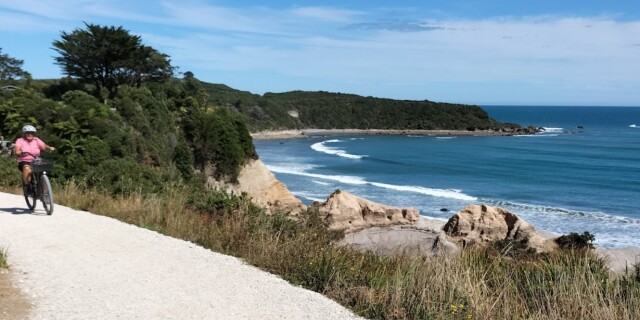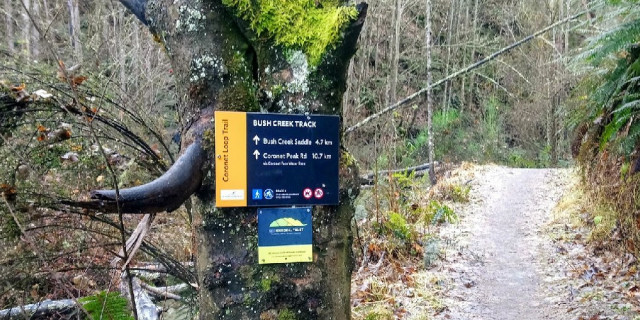Benefits of creating legal access
Allowing a legal walkway on your land can be straightforward. It lets people walk or ride safely across your farm, forest or land under conditions you choose.
Reasons for having a public access easement
- Wanting to share your corner of New Zealand
- Giving back to your local community
- Giving people healthy spaces for physical exercise and mental wellbeing
- Enabling public access on a track across several properties
- Having a legal framework to manage safety
We offer a simple walkway easement that enables you to allow people to pass over your land, but only according to the terms you want.
For instance, it will prohibit people from:
- endangering or disturbing you
- damaging your property
- interfering with your livestock.
You can use your walkway easement to prohibit fires, firearms, camping, dogs, or vehicles.
Health and safety
Did you know, landholders are not legally liable for the health and safety of walkers who use their land, so long as they warn visitors of workplace risks that they wouldn’t normally expect to encounter? We can talk with you about any concerns you may have.
What is a legal walkway?
A legal walkway is a publicly accessible track established under the Walking Access Act 2008. Where a legal walkway is on private land, the landholder retains the right to access and use the land. People who misuse or abuse the walkway can be fined up to $10,000. Each walkway has a public body appointed that manages and maintains it.
We have regional field advisors who can discuss what the best type of public access, if any, might be for your land. We work closely with local authorities, giving them expert advice about creating and maintaining public access. And we have close working relationships with landholders, outdoor recreation groups, tracks and trails trusts and government agencies.
We can help you with your walkway
We can:
- link you with people who can help build and maintain a walkway
- put you in touch with the right people at your local council
- gazette your walkway or public access to make sure it’s legal
- make sure the lawyers are involved when needed, and not when not needed
- give advice on health and safety for public access, cycleways and walkways
- possibly provide financial grants to support with the cost of surveying, and development
- make sure any public access has conditions that allow you to continue working your land safely and economically (such as track closures during lambing season, or restrictions to protect safety or animal welfare)
- provide advice and funding to help with signs and markers
- monitor controlling authorities’ enforcement of conditions on legal walkways.




